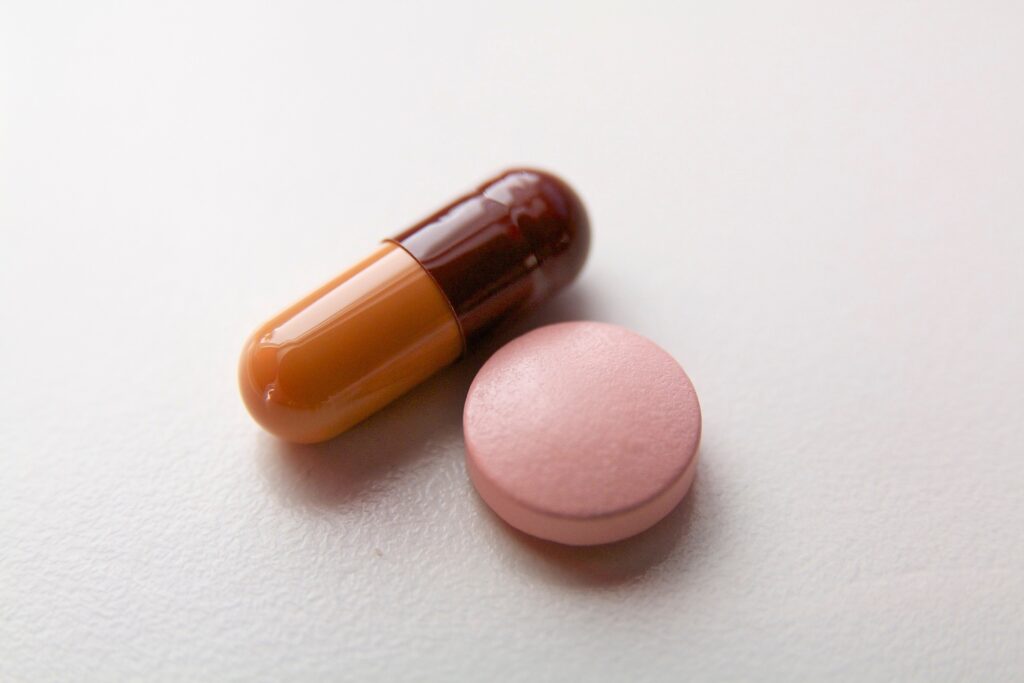Importance Prior research has documented the increase in prescription drug rebates and the coincident increase in out-of-pocket burden for patients paying coinsurance tied to list prices.
Objective To describe the out-of-pocket burden on patients with coinsurance and assess its association with pharmaceutical competition, which increases payers’ leverage to seek higher rebates.
Design, Setting, and Participants This retrospective cohort study used branded prescription drugs with US sales reported by publicly traded companies. The study included drugs with nonmissing, nonnegative rebates between 2014 and 2018 from SSR Health. Data analysis was conducted from June to December 2020.
Exposures Level of branded and generic competition and calendar year.
Main Outcomes and Measures Retail price markup (ie, the ratio of rebate to net price) paid by patients at the point of sale and effective out-of-pocket share (ie, coinsurance multiplied by list price divided by net price) of a standard Part D plan. Trends in these outcomes were examined and then stratified by degree of competition.
Results There were 3322 unique National Drug Codes in the analysis, representing 232 distinct molecules from 138 therapeutic classes in 34 disease areas. The ratio of rebate to net prices was higher and increased faster for drugs with branded and generic competitors (from 83% to 172%) than for drugs with only branded competitors (from 61% to 115%) and those without generic equivalents (from 33% to 49%). Hypothetical patients paying standard Part D coinsurance on drug list prices would have experienced an effective out-of-pocket share increase from 48% to 64% in the initial coverage phase, and from 10% to 13% in the catastrophic coverage phase between 2014 and 2018. In the coverage gap, the share increased from 92% in 2014 to 98% in 2016 and then decreased to 90% in 2018. Compared with drugs with no competition, effective out-of-pocket share paid by patients grew 50% faster for drugs with branded competitors and 100% faster for those with branded and generic competitors.
Conclusions and Relevance This study found substantial increases in cost-sharing burden for patients paying coinsurance on drug list prices between 2014 and 2018, especially in markets with more pharmaceutical competition. Payers passing rebates through to patients at the point of sale could restore the benefits of competition and rebates.
The full study can be found on Jama Network Open here.
